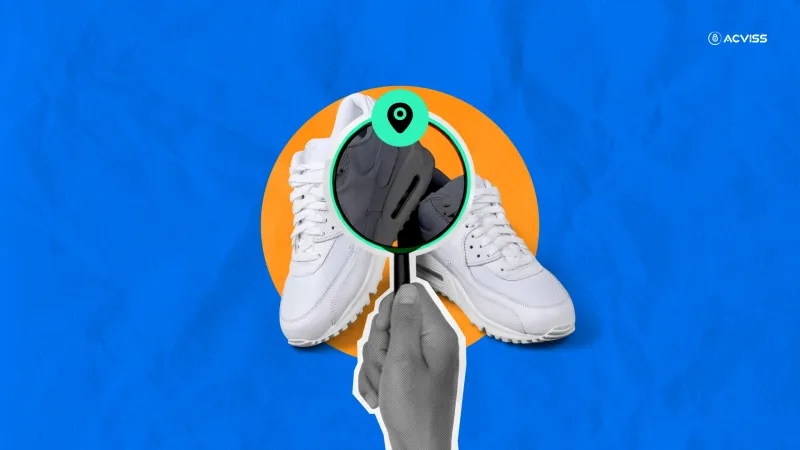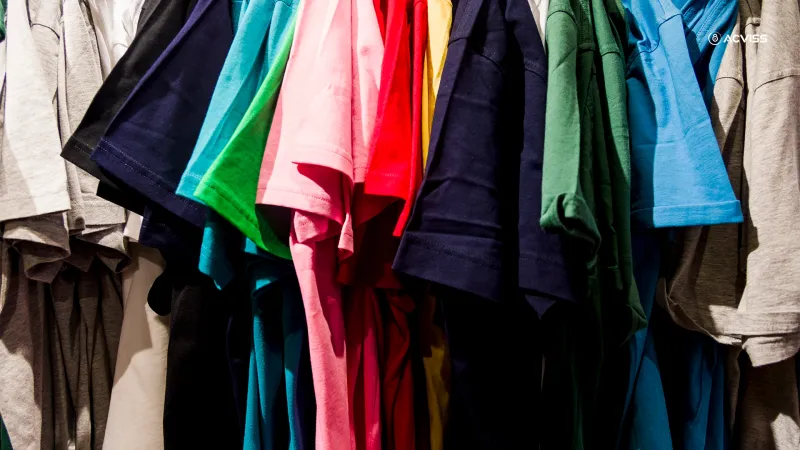Tracking and Tracing Counterfeits: Protecting Your Brand from Grey Market Goods

In today's global marketplace, counterfeiting and grey market goods present significant challenges for brands. These issues not only damage brand reputation but also result in substantial financial losses. Implementing robust tracking and tracing systems can help businesses protect their brand integrity and ensure product authenticity. This blog will explore effective strategies for combating counterfeits and grey market goods.
Understanding Counterfeits and Grey Market Goods
- Counterfeits
These are unauthorized replicas of genuine products, often sold at lower prices and of inferior quality. Counterfeits can severely impact a brand's reputation and customer trust. - Grey Market Goods
These are genuine products sold through unauthorized channels. While not necessarily fake, grey market goods can undermine authorized distribution and pricing strategies.
The Importance of Tracking and Tracing
Implementing a comprehensive tracking and tracing system is crucial for identifying and combating counterfeits and grey market goods. This approach ensures transparency and accountability throughout the supply chain.

Key Strategies for Tracking and Tracing
Utilizing Advanced Barcoding Systems
- GS1 Barcodes: These standardized barcodes facilitate accurate product identification and traceability. By integrating GS1 barcodes, companies can track products from manufacturing to the end consumer.
- Data Matrix Labels: These two-dimensional (2D) barcodes store extensive product information, enabling detailed tracking and tracing. Data matrix labels are particularly useful for small items.
Implementing Serialisation
- Unique Identifiers: Assigning unique serial numbers to each product unit allows for precise tracking. This method helps in identifying counterfeit products and monitoring their movement through the supply chain.
- Real-Time Tracking: Serialisation enables real-time tracking, providing immediate insights into product location and authenticity.
Leveraging Digital Twin Technology
- Digital Twins: These are virtual replicas of physical products, allowing for real-time monitoring and analysis. Digital twins can detect anomalies and potential counterfeits by comparing physical products with their digital counterparts.
- Enhanced Traceability: Digital twin technology offers enhanced traceability, making it easier to track products through various stages of the supply chain.
Integrating Blockchain Technology
- Immutable Records: Blockchain technology provides an immutable ledger for recording transactions and product movements. This transparency helps verify product authenticity and prevent counterfeiting.
- Secure Data Sharing: Blockchain enables secure data sharing among supply chain partners, ensuring that all stakeholders have access to accurate and reliable information.
Adopting IoT Solutions
- Smart Sensors: IoT devices with smart sensors can monitor product conditions and track their journey in real-time. These sensors can detect tampering and alert stakeholders to potential counterfeiting activities.
- Automated Alerts: IoT solutions can automate alerts and notifications, ensuring quick response to any suspicious activities.

Case Studies and Real-World Examples
- Pharmaceutical Industry: Implementing serialisation and blockchain technology has significantly reduced counterfeit drugs in the pharmaceutical industry.
- Luxury Goods: High-end brands use advanced barcoding and digital twin technology to protect their products from counterfeits and grey market activities.
Fighting the Grey Markets
Counterfeits and grey market goods pose serious threats to brand integrity and profitability. Implementing robust tracking and tracing systems can protect the products and ensure customer trust. Advanced technologies such as GS1 barcodes, serialisation, digital twins, blockchain, and IoT solutions offer effective strategies for combating these issues.
If you are wondering how to secure your products against the grey market get in touch with us, We, at Acviss have protected over 2 billion products, catering to 80+ brands globally. Our advanced anti-counterfeiting and brand protection solutions are always at your disposal. Reach out to us here to meet our experts and take your first step towards counterfeit-free market growth.
FAQs
What is the difference between grey market goods and counterfeit products?
Answer:Grey market goods are authentic products sold through unauthorized channels, often at lower prices, while counterfeit products are fake or unauthorized replicas designed to imitate genuine goods. Both pose risks to brands, but in different ways. Counterfeits are illegal, while grey market goods may be legal but still undermine pricing strategies and brand reputation.How can tracking and tracing solutions help protect my brand from grey market goods?
Answer: Tracking and tracing solutions provide visibility across the supply chain, allowing brands to monitor where products are distributed and sold. By using technologies like QR codes, barcodes, and blockchain, companies can detect unauthorized sales channels, ensuring that products are only sold through approved distributors.What technologies are commonly used in track and trace systems?
Answer: Popular technologies include barcodes, QR codes, RFID tags, and blockchain. These tools allow businesses to monitor the movement of their products from manufacturing to the end customer, ensuring that they stay within authorized sales channels and reducing the risk of counterfeiting or grey market diversion.Why are grey market goods harmful to a brand?
Answer: Grey market goods, although genuine, can harm a brand by disrupting authorized pricing structures, damaging brand reputation due to poor customer experience (since these goods are often not covered by warranties), and creating legal challenges in maintaining control over product distribution.How can consumers differentiate between grey market goods and authentic products from authorized channels?
Answer: Consumers should always purchase products from authorized retailers or official brand websites. By using track and trace solutions, brands often allow consumers to scan QR codes or other identifiers on the product packaging to verify authenticity and the legitimacy of the retailer.What role does anti-counterfeiting technology play in combating grey market goods?
Answer: Anti-counterfeiting technologies, such as non-cloneable labels and digital product verification, make it more difficult for grey market operators to sell unauthorized goods. By ensuring that every product has a unique, verifiable identity, brands can protect their products from both counterfeiting and diversion into unauthorized channels.Are there legal actions that brands can take against grey market goods?
Answer: Yes, depending on the country and jurisdiction, brands can pursue legal actions against unauthorized sellers, often under intellectual property law, trademark infringement, or unfair competition laws. However, legal actions are usually supplemented by technical solutions like tracking and tracing to prevent grey market distribution proactively.How does the grey market affect product warranties and customer support?
Answer: Products sold on the grey market typically don’t come with the official warranties and customer support that authorized sellers offer. This leads to dissatisfied customers, even though the product is genuine, potentially harming the brand’s reputation and customer loyalty.
